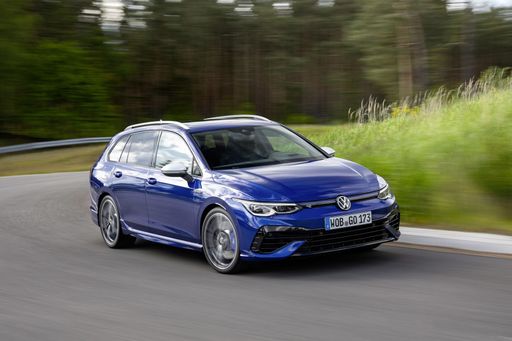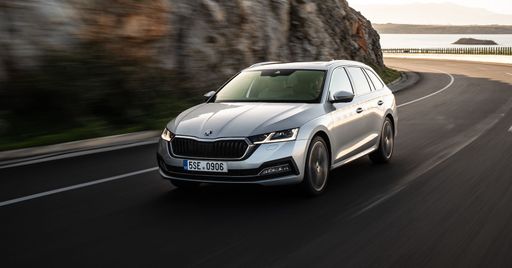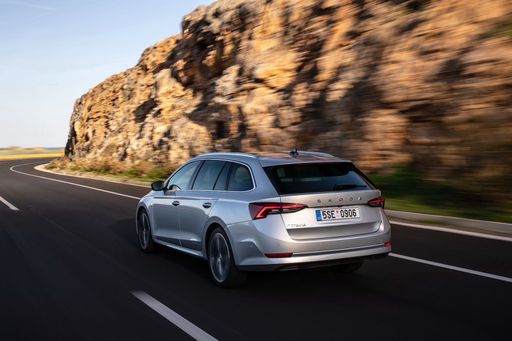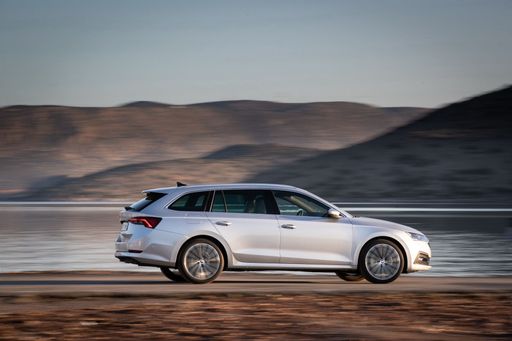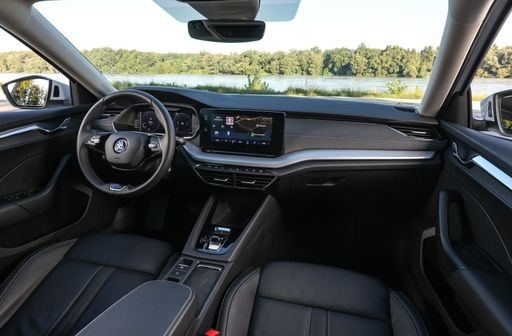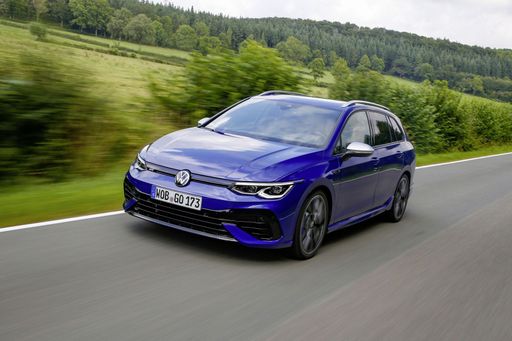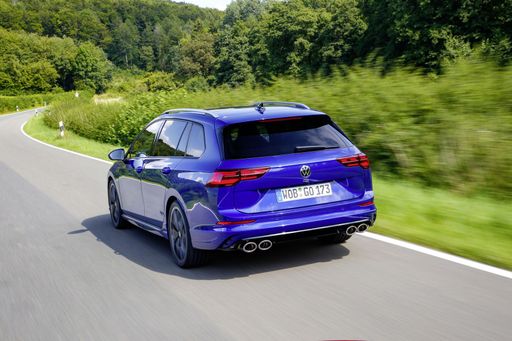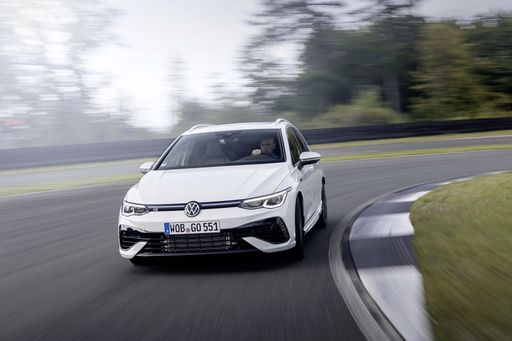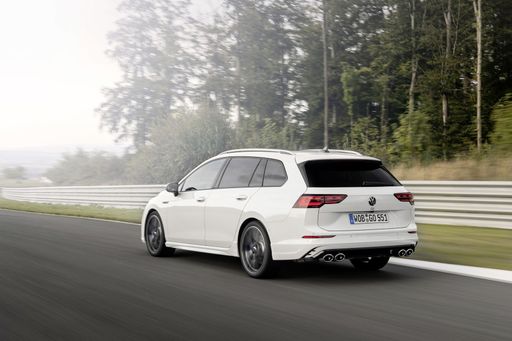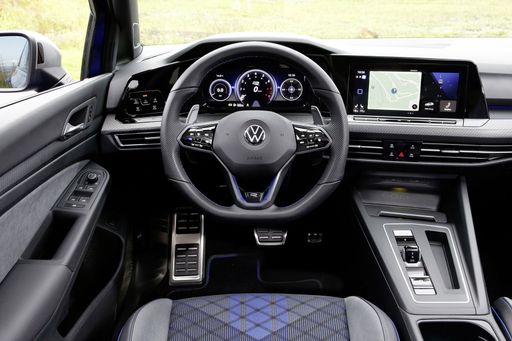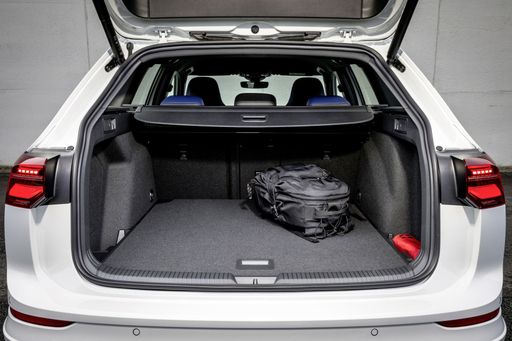Different Faces from the Same Stable
The Skoda Octavia Combi and the VW Golf Variant wear closely related coats but project distinct personalities: one leans toward pragmatic understatement while the other prefers a tidier, more urbane presence. From a distance both read as familiar and sensible, yet up close the detailing and stance tell different stories about who they want to appeal to. Buyers who favour subtle usefulness will notice different cues than those chasing a tidier badge and finish. Either way, both feel refreshingly cohesive rather than fragmented stylistically.

